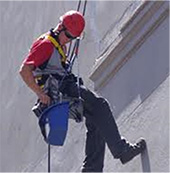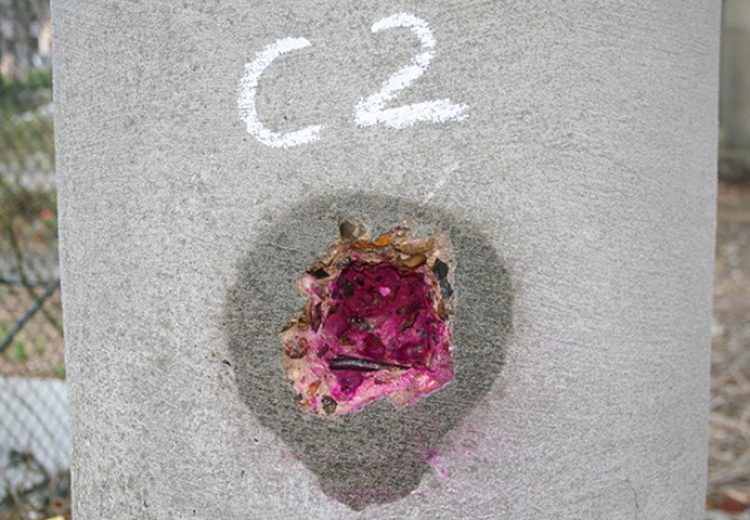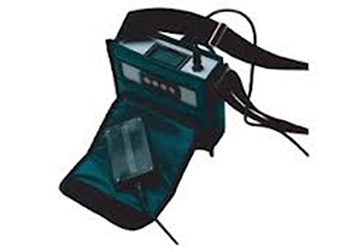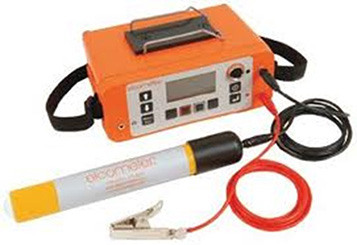Total Specialist Maintenance (TSM) provides comprehensive concrete condition surveys conducted by our directly employed test engineers. Using specialised access techniques such as rope access, mobile elevated platforms, and cradle access, we identify issues from the early stages of inspection through our Condition Survey Team.
By being involved from the outset, we not only pinpoint problems but also offer tailored solutions, providing our clients with continuity and reassurance for a smooth and effective delivery throughout the entire process.







